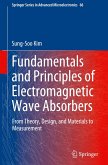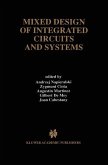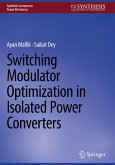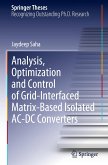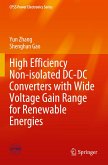This book is for design engineers building isolated DC-DC converters for commercial products. It provides guidance and recommendations to help engineers make decisions that prevent mistakes during product development, ensure the design process is as predictable as possible, create more reliable and cost-effective hardware, and do their designs in a shorter period. The authors focus on converters that operate at 2 kW and above, have high conversion ratios, and have at least one low-voltage terminal that conducts several 100 A s or more. These operating characteristics satisfy critical automotive, aerospace, military, manufacturing, and telecommunication needs. Coverage includes guidelines for successfully using silicon carbide (SiC) and gallium nitride (GaN) power devices, including techniques for gate-drive design, printed circuit board layout, and failure mechanisms.
This practical reference manual shows professional engineers how to consider the whole picture of a power conversion system during their design process. It is also a valuable guide for researchers and graduate students working in the field of power electronics.
This practical reference manual shows professional engineers how to consider the whole picture of a power conversion system during their design process. It is also a valuable guide for researchers and graduate students working in the field of power electronics.


